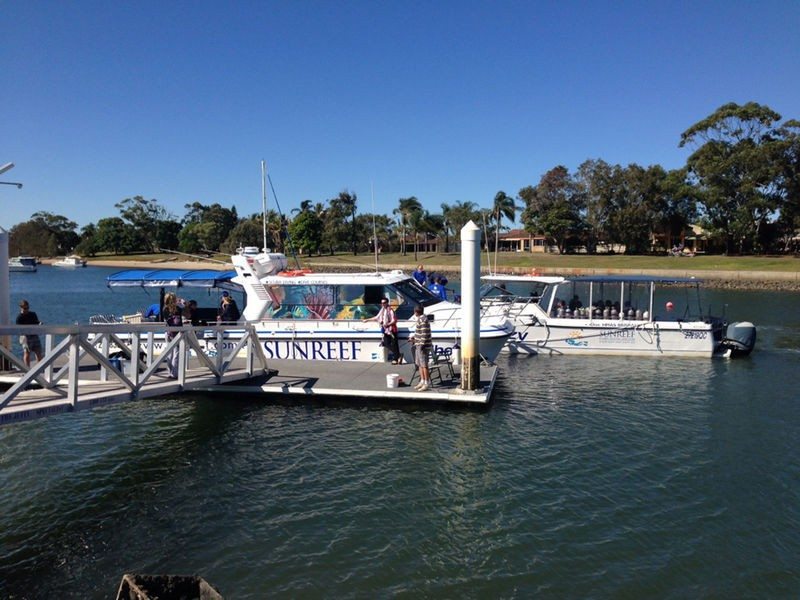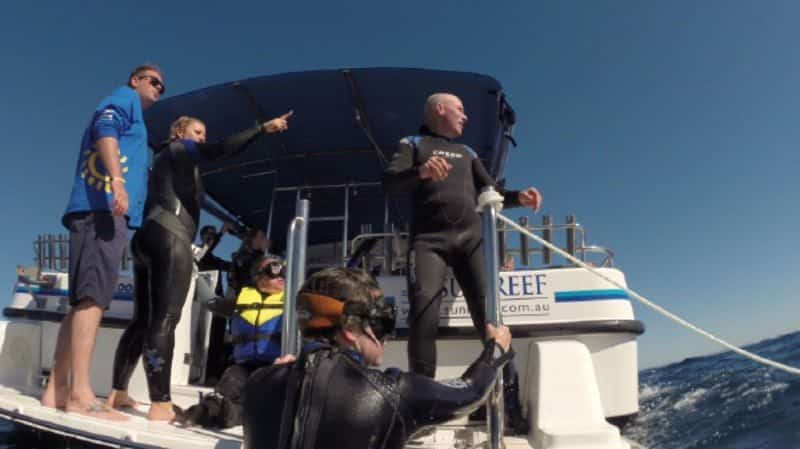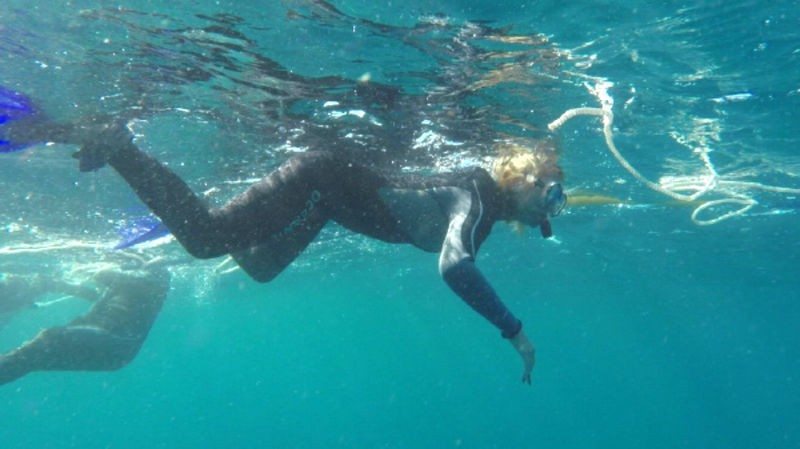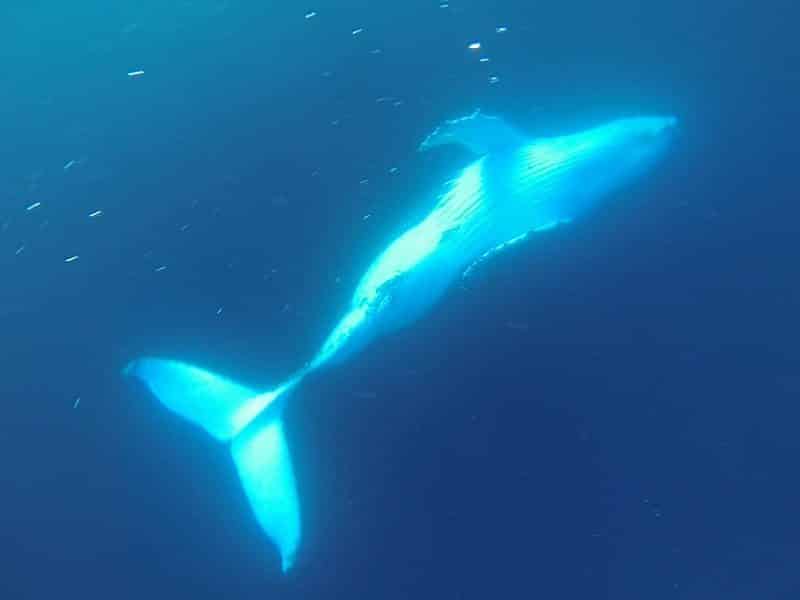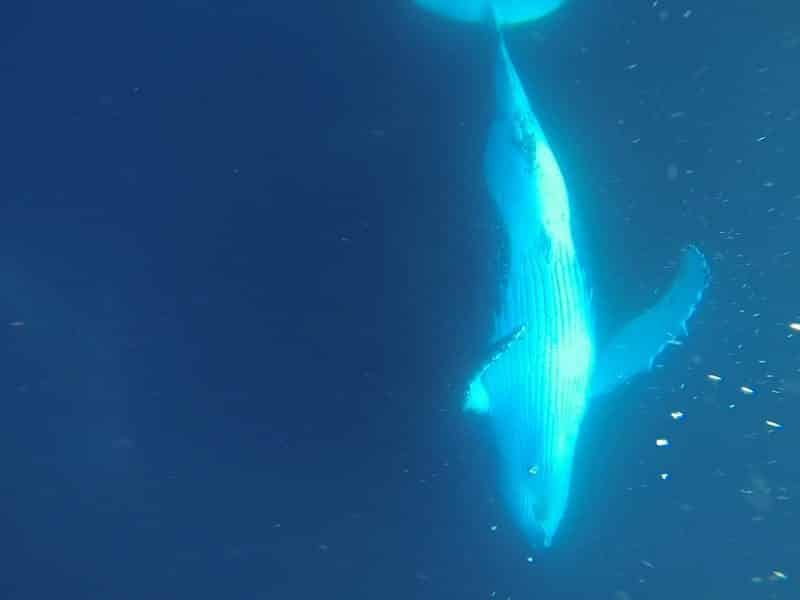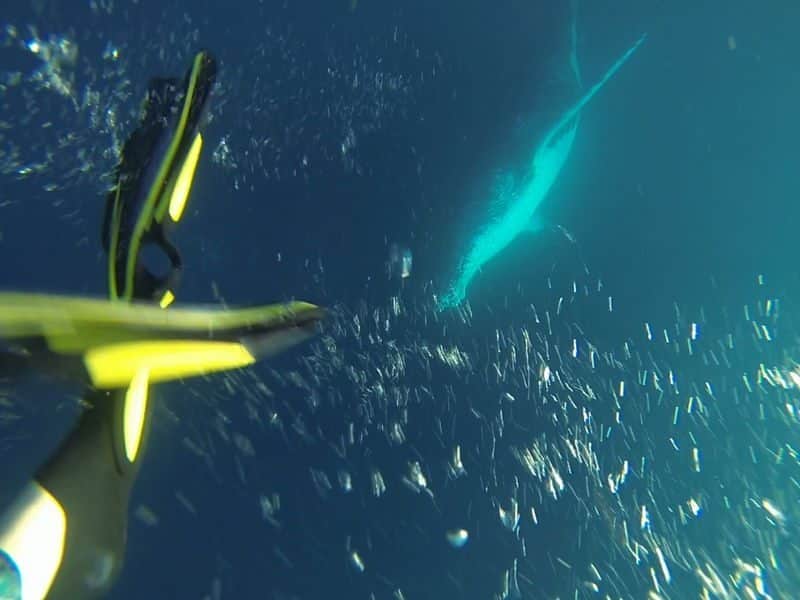As a marine conservationist, the first-hand experience with wildlife, such as swimming with whales, is at the core of my personal mantra, which is “In the end, we will conserve only what we love. We love only what we understand. We will understand only what we are taught.” And that’s the bottom line.
Unless people experience a personal connection with wildlife, why would they ever care or wish to conserve it?
Heightening people’s interest in the ocean and its creatures can only benefit them, as they rely on us to make it a safe place to survive and thrive.
Swimming with whales
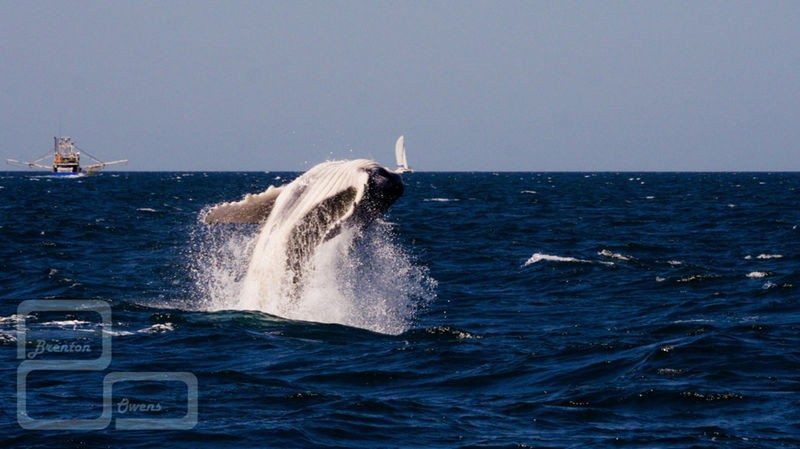
My first thought when I heard Sunreef of Mooloolaba was starting a humpback whale snorkelling experience was that this was a terrific opportunity to put the Sunshine Coast on the tourist map.
This is a huge win for our region.
I had joined a group of swimmers and the Sunreef team Dan, Katie, Jess and Mark during their first week of snorkelling encounters with these graceful beasts of the seas.
We had a beautiful winter’s day, 20°C, with calms seas initially.
The ocean became slightly choppy as the late morning winds kicked in but with a water temperature of 21°C, it was warmer to be in the water than in the boat.
We headed east towards the shipping channel, about 20kms offshore, and then north following the path of a few whales we had spotted.
Suddenly the skipper shouted “whales!”.
Giants of the sea
This was the trigger for a military-style call-to-action as Dan deployed the 30-metre safety line out the back of the boat for snorkelers who were already briefed, pumped and reading to slip into the water.
We had been allocated into groups and the first group was ready, wearing wetsuits, snorkels, masks and fins.
The crew strapped shark guards, which are electronic shark deterrents, to our ankles and we steeled ourselves to enter the shipping and humpback highway to snorkel with one of the largest animals on the earth.
One of the swimmers was Tania Sherley, who born with spina bifida and has been confined to a wheelchair all her life.
Although Tanya is unable to use her legs, it has never stopped her from achieving her dreams.
Tanya had seen the advertising for the whale watching and what attracted her attention was the opportunity to get into the water and snorkel with them.
Tanya was delighted with the way she was received and the personal attention she was given.
She acknowledged that she is harder work for the crew but she was very appreciative of everything that was done for her.
It was her first opportunity to snorkel. She was scared and her fears were real, but she conquered those fears and went in the water on one of the close encounters we had that day.
It was obvious Tanya loved the experience. Watch the video here:
An unforgettable experience with Humpback whales
Two whales changed their course and came over to within about 20 metres of us.
They slowed right down.
The visibility in the water was better than 20 metres and when one turned I could see a massive glow of white from its underbelly.
They kept moving and on two occasions they approached the boat and passed under our keel.
What thrilling moments.
This was an unforgettable close encounter.
We were lucky enough to have a sighting of a total of twelve whales and got into the water eight times.
On her Facebook page, Tanya wrote: “OMG, that was freakin’ beyond awesome!” and “WOW, I mean, it’s one thing when you are on a whale watching boat and they tell you a whale has gone under the boat…but to be in the water, looking directly down into the water with your snorkel and mask, and to know that the whale was drifting through, straight underneath…wowzers!”.
Swimming with humpback whales is just one of the many things to do on the Sunshine Coast.
Mooloolaba swim with whales
The idea of snorkelling with the whales has taken two years of planning by Phil Hart and his son Dan, from Sunreef Mooloolaba.
Humpback whales migrate north from Antarctica.
While on their migration they don’t feed and consequently lose a lot of body fat in the process.
They pass the beaches of the Sunshine Coast around May and June and head all the way up to Townsville (and beyond) to mate and give birth.
They then migrate south again.
Around late July and August, they arrive in Hervey Bay and hang out in Platypus Bay for a while to relax and play before moving south towards Antarctica to feed on krill.
If you’re really keen to see them, here’s a Hervey Bay whale watching guide.
When to go swimming with whales
One could certainly make a case for doing the experience both early and late in the season.
When the whales are travelling north there are behaviours to be learned and seen.
When they are coming back with calves, mothers and their protectors, there are very different behaviours.
So theoretically both times would lead to quite different experiences.
The venture is a brave move with no precedence.
The model being used by Sunreef is based on the practice of snorkelling with the minke whales in the far northern part of the Great Barrier Reef.
But minke whales have different behaviour to humpbacks.
The business is actively encouraging researcher interest and offers opportunities for volunteers or scientists based at the University of the Sunshine Coast to join a tour.
I believe that this will help legitimise what they are doing.
There will always be people who will argue that conducting such a tour will affect migration patterns and interfere with natural whale behaviour.
Having whale researchers who are not associated with the business is a very smart thing because you have people who are independent monitoring the interactions between the business operator, whales and tourists.
Seeing a whale is not guaranteed.
There are some outings where they have not seen any whales but this is the time when the whales are in a hurry to head north to mate and give birth.
As they head south, the whales will be swimming slower and closer to shore.
There will be babies, mothers and protectors travelling in pods of three or more.
I feel lucky to have this opportunity on my doorstep on the Sunshine Coast as there is nowhere else in Australia where you can experience swimming with whales.
If you’re considering swimming with whales you’ll love these posts:
- Dive the Yongala wreck dive?
- How about paddling out for the whales in Hervey Bay during the Hervey Bay Ocean Festival.
- Go snorkelling around Lady Musgrave Island
- Swim with turtles near Lady Elliot Island
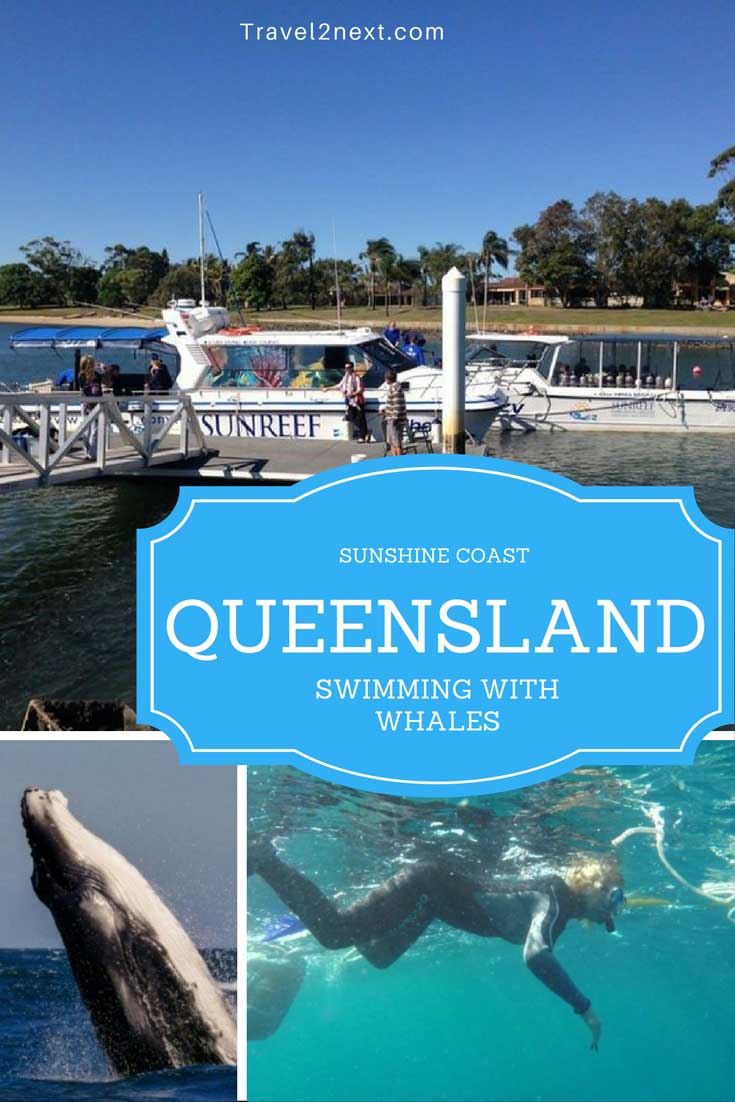
Plan Your Trip

Rent A Car – Find the best car rental rates at Discover Cars. They compare car hire companies to provide you with the best deal right now.

Find A Hotel – If you’re curious about this article and are looking for somewhere to stay, take a look at these amazing hotels.
